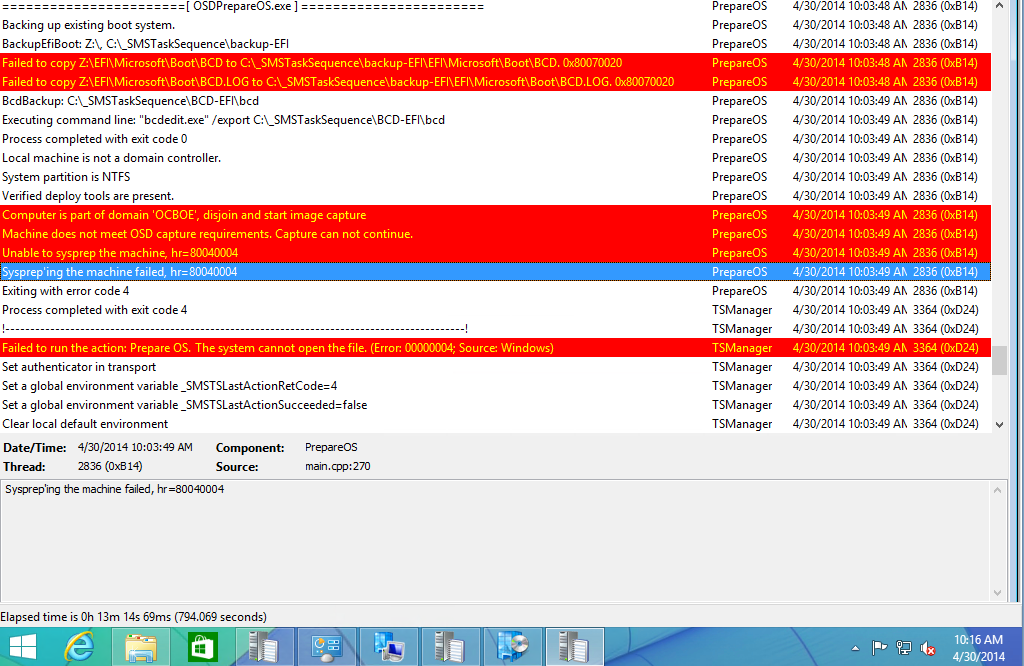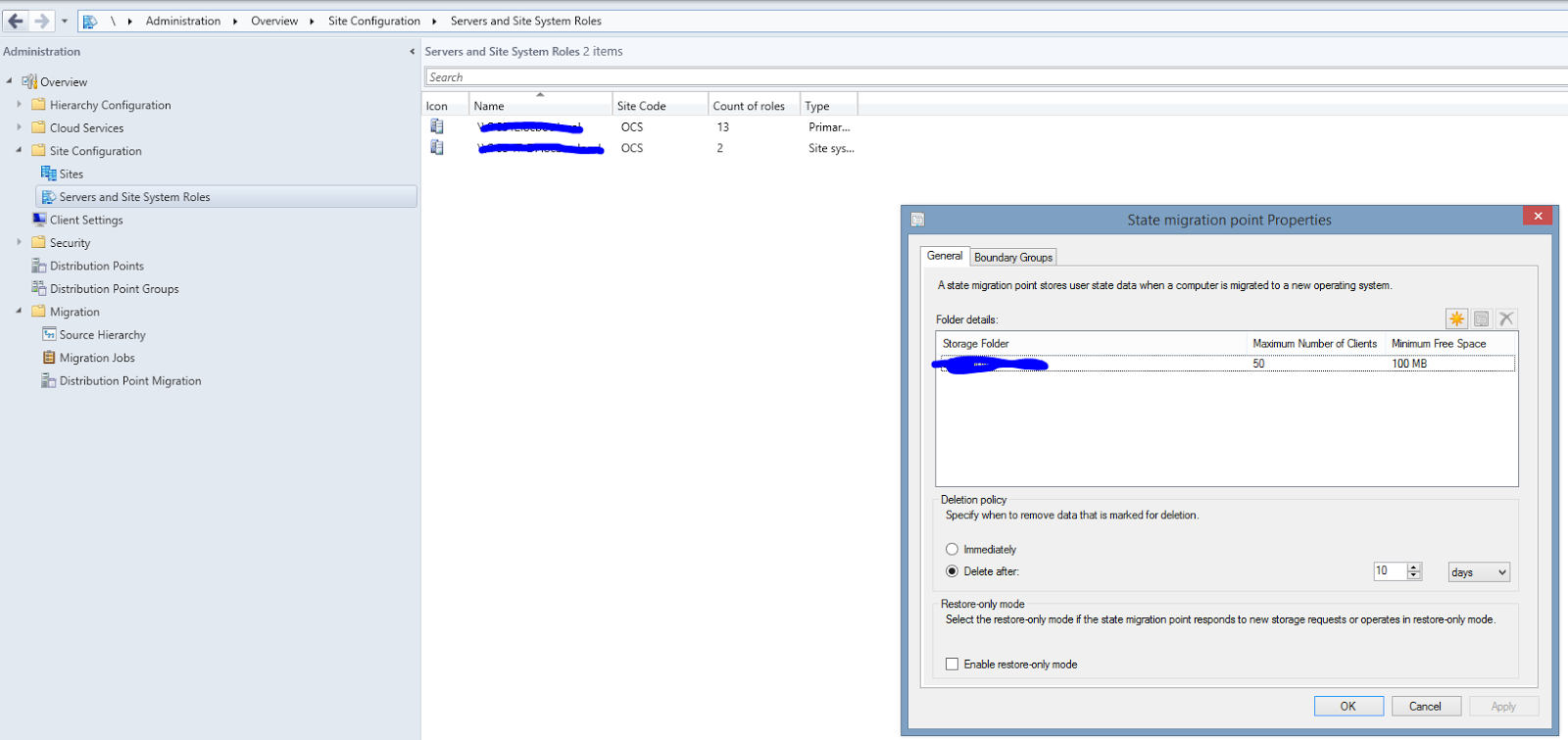Deleting Roaming User Profiles Batch Scipt
PREFACE Sorry for the lapse in posts as of late. We're gearing up for a new school year and I've been a bit busy. It turns out this blog doesn't get an amazing amount of views a day, but it gets enough for me to know that it might be helping someone. I write these posts because I've always found myself having an unique issue that most forums do not answer specifically. So most of my posts are for specific issues rather than covering a broad subject. With that said I have a batch script that I wrote today to cleanup my file server. It's very rudimentary so bear with me. INTRO In the education environment you have children that leave the system every year. It's amazing what a child in the extent of a year can rack up in terms of roaming data. We use roaming profiles and folder redirection here for the students data. So every year our servers get loaded with 10s of thousands of files. Every year I used to go through the folders and adjust permissions and ...







